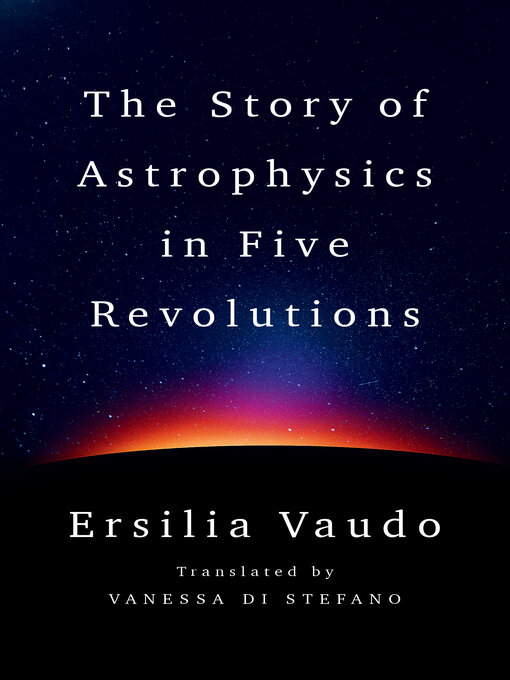A concise, elegant overview of how five of the most extraordinary moments of vision and intuition in science history forever transformed our understanding of the cosmos—and what we may yet discover in revolutions still to come.
When Neil Armstrong first set foot in the lunar dust, the Earth held its breath. That one small step forever changed our view of what was possible, sparking a dramatic expansion of humankind's cosmic awareness. When we gain a new perspective, a transformation begins, profoundly altering the understanding of the world our human experience had previously granted us.
In The Story of Astrophysics in Five Revolutions, astrophysicist Ersilia Vaudo explores five such turning points in the history of cosmology: Newton's realization that gravity governs the celestial world; Einstein's dual theories of relativity, linking space with time and gravity with acceleration; Hubble's revelation of an expanding, rather than static, universe; and the emergence of antiparticles from a mathematical equation and their implications for our cosmic evolution.
In poetic prose, Vaudo illuminates the key insights that have led us to where we stand now. At the same time, she urges us to look beyond—to be open to the transformative realizations yet to come in our ongoing quest to understand the extraordinary, and still largely mysterious, universe to which we belong.



